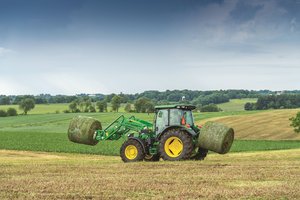The U.S. Department of Agriculture is preparing to conduct its census, which is carried out every five years. As the mailing of the census nears, the University of Missouri Extension is urging producers to return their responses by mail or securely submit them online.
MU Extension economist Ryan Milhollin notes that federal, state and local governments utilize the data to better serve farmers and their rural communities. In addition, agribusinesses, researchers, and trade associations also use the data.
Robert Garino, Missouri state statistician for the USDA, also notes that the law requires a response from farmers. In the event that producers do not initially reply, they will receive follow-up mailed questionnaires, phone calls or visit from a USDA enumerator.
Milhollin adds that “data strengthens numerous farm groups, large and small.” In addition, the information can help policymakers recognize emerging trends, such as young farmers, women, veterans and minority farmers. As a result, legislators are able to make decisions that “protect the future of agriculture,” according to Milhollin.
The last batch of data came from the USDA’s 2012 Census of Agriculture. The number of small and very large farms appeared to hold relatively steady across the U.S.
“A bright spot in the data is the slight increase in young farmers and the stable number of small farms and large-scale farms,” said Agriculture Secretary Tom Vilsack about the 2012 data. “While the aging nature of the farming population is a concern, we are hopeful that as we attract and retain the next generation of talent into rural America, this trend can also be reversed."
